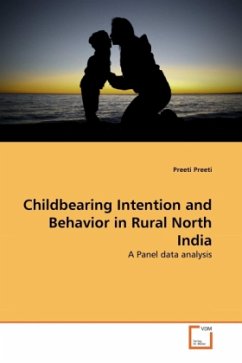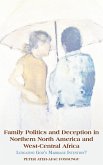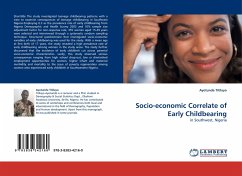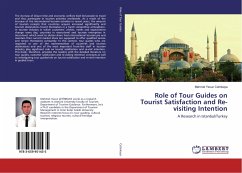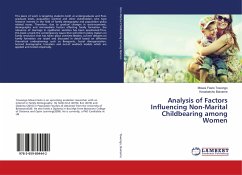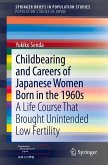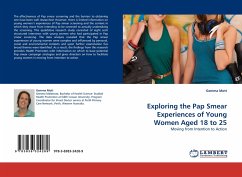This research attempts to investigate the concordance between childbearing intention and behavior and to explore the factors affecting this by comparing the data from National Family Health Survey-2 (1998-1999) with the John Hopkins University follow-up survey (2002-2003) in two states of rural north India. From the prospective assessment during the inter-survey period it is found that 44.3 percent pregnancies were unintended, comprising of 32.2 percent unwanted and 12.1 percent mistimed.Education, mass media, working-status, healthcare utilization are found to negate the desired to have additional child. Younger women had face higher risk of incidence of mistimed pregnancy, while older women had more unwanted pregnancy. It is remarkable to observe that gap between the actual and the stated ideal family size is in the upward direction, actual size being higher than stated ideal. 64 percent of currently married women are not stable on their stated ideal family size. Ideal family size is converging predominantly to three children. Unwanted childbearing has increased during inter-survey period. This trend results from IFS falling faster than the rise in contraceptive use
Bitte wählen Sie Ihr Anliegen aus.
Rechnungen
Retourenschein anfordern
Bestellstatus
Storno

